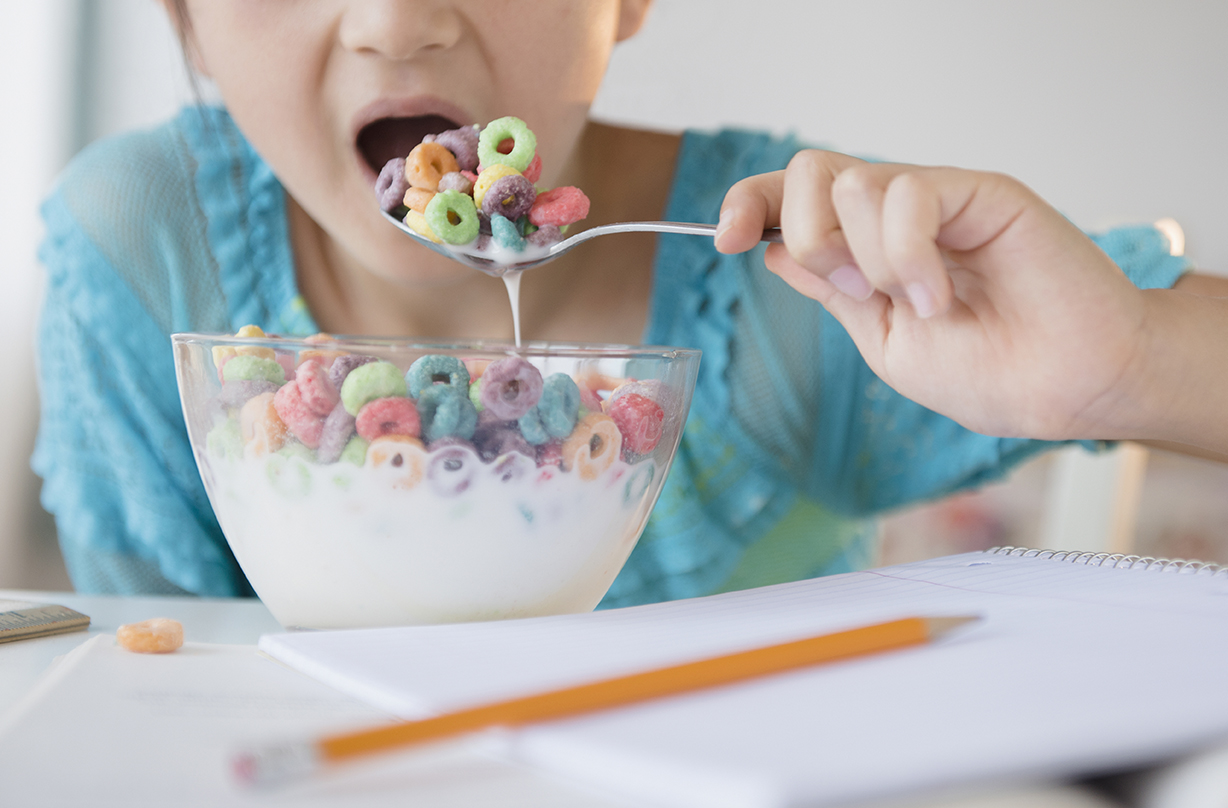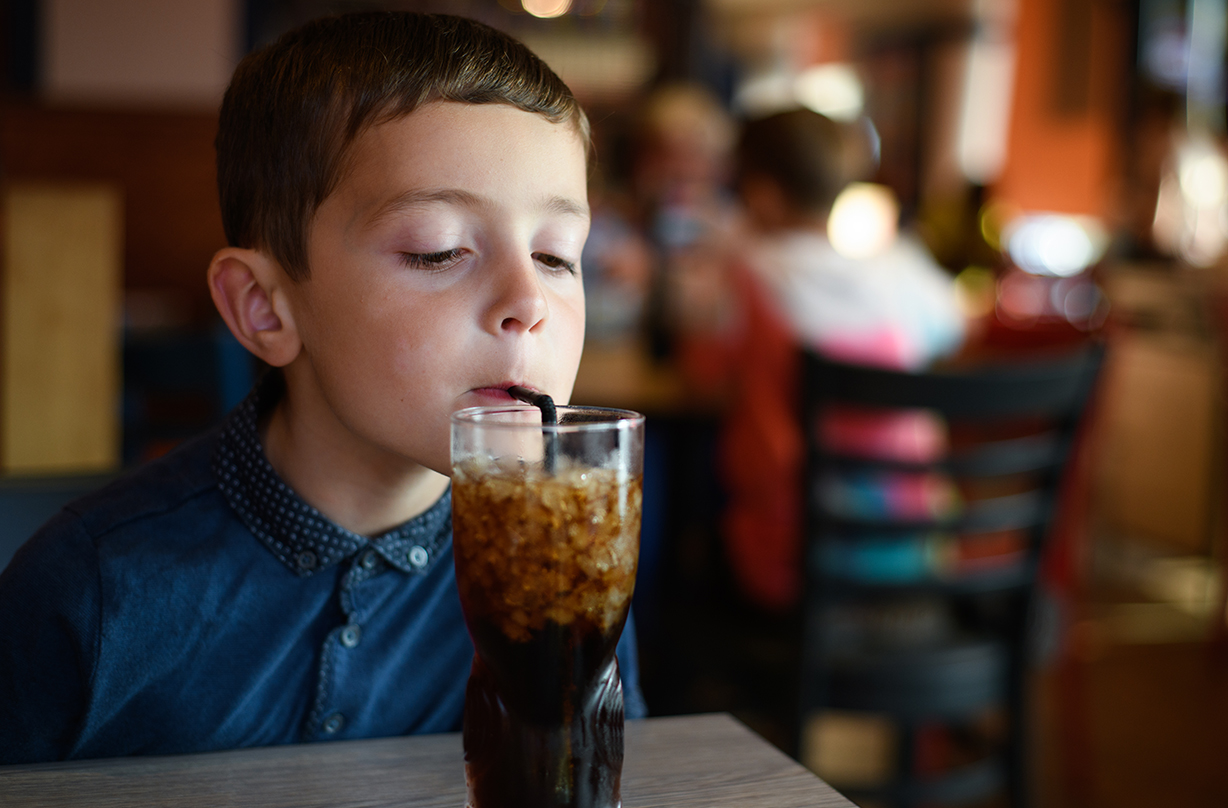Research shows children underestimate their sugar consumption by HALF


Children will consume 23,000g of sugar every year, but have no idea how much sugar they are having - underestimating how much is in their food and drinks by HALF.
A behavioural experiment asked youngsters how much sugar was in a bowl of instant porridge, a peanut butter sandwich and a glass of fizzy pop.
They guessed each item contained between two and six cubes of sugar – which averaged roughly HALF the amount of sugar found in the products.
It comes after research, commissioned by Arla Explorers, found the average child will consume 156 cans of fizzy drink, 208 bags of sweets and 260 biscuits every year.
MORE: The hidden sugar in the everyday foods we feed our family
The study of 2,000 parents and children also found that despite youngsters enjoying healthier snacks, the typical six-to-11-year-old still consumes 260 packets of crisps and 208 chocolate bars a year.
Kids will also eat 260 bowls of sugary cereal, 208 glasses of fruit juice and an equal quantity (208) of cake slices.
Parenting advice, hot topics, best buys and family finance tips delivered straight to your inbox.
All of these treats add up to around 63 grams of sugar a day - equivalent to 5,738 sugar cubes a year - which is more than double Public Health England’s daily recommended maximum intake of five-six sugar cubes (24g) per day.

Rhiannon Lambert, registered nutritionist and spokesperson for Arla Explorers, said: “Providing kids with healthy and tasty snacks can sometimes be a minefield for parents who may often make the assumption that their child’s preference is for sugar.
"Kids do enjoy simple and natural snacks, especially when given a choice so parents should be thinking about replacing some of the unhealthier snacks with foods high in fibre such as fresh fruit to reduce their overall sugar consumption”.
The research also found parents are just as in the dark as children, with more than half of those polled admitting to not being on top of their youngster’s sugar intake.
MORE: Daily sugar allowance - How much sugar should children REALLY eat and drink?
And a third worry about the number of goodies their children receive when they are with their grandparents.
It emerged that parents reckon a child aged seven to 10 should consume a maximum of 20 grams of sugar a day - despite allowing them to typically have more than triple this amount.
This may be down to parents incentivising their children with sugary snacks, as a third admitted to giving their children treats as a reward for good behaviour.
MORE: What happens to your body after eating sugar?
And a quarter even said giving their kids sugary treats is 'unavoidable'.
Holly Twiss, Arla UK spokesperson for Explorers, said, “Kids snacks should be nutritious and fun, which is why we launched our new range of Arla Explorers yogurts.
“Each product contains naturally sourced ingredients with reduced sugar and encourages children to discover a more simple and natural taste, helping to bridge the gap between what parents feel their children should eat, and what children want.”

Aleesha Badkar is a lifestyle writer who specialises in health, beauty - and the royals. After completing her MA in Magazine Journalism at the City, the University of London in 2017, she interned at Women’s Health, Stylist, and Harper’s Bazaar, creating features and news pieces on health, beauty, and fitness, wellbeing, and food. She loves to practice what she preaches in her everyday life with copious amounts of herbal tea, Pilates, and hyaluronic acid.